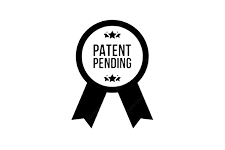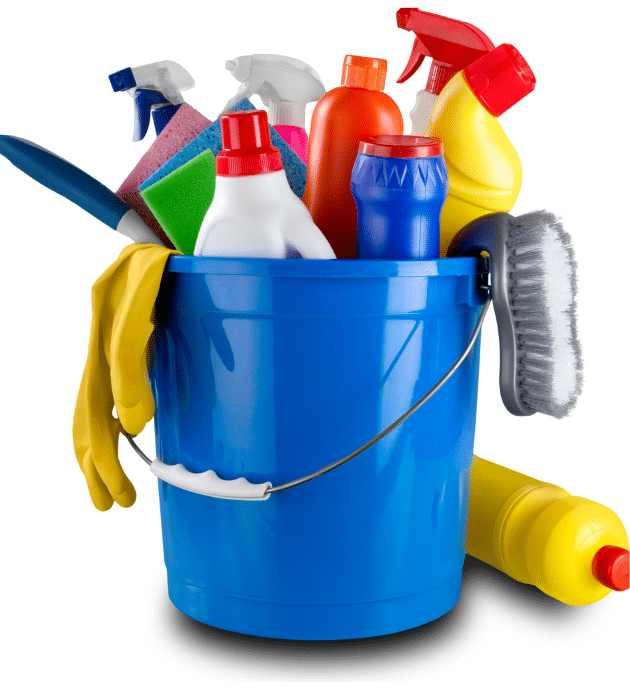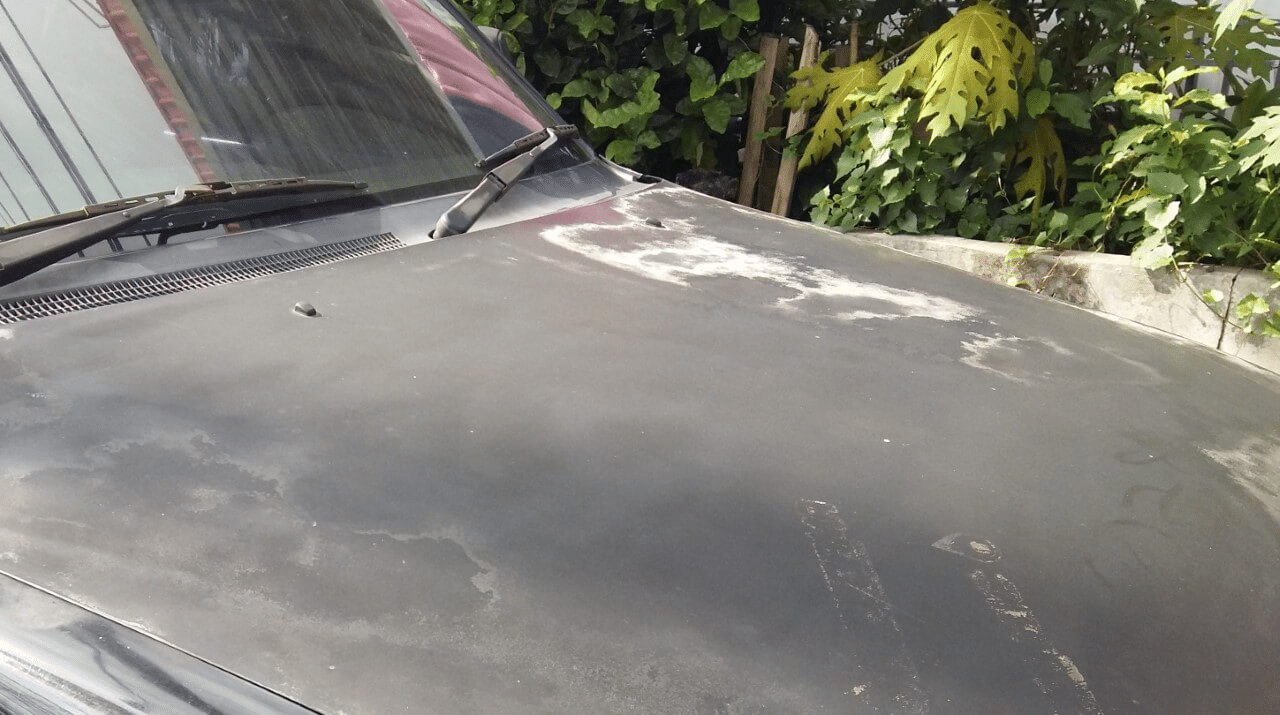Horse Trailer Maintenance: How to Maintain a 3D-Printed Horse Trailer
 Horse trailer maintenance takes a primary concern once we're past the designing part. This now becomes an even more curious concern with the introduction of 3D printing manufacturing technology for Double D Trailers’ newest model: the patent pending SafeTack Reverse Carbon.
Horse trailer maintenance takes a primary concern once we're past the designing part. This now becomes an even more curious concern with the introduction of 3D printing manufacturing technology for Double D Trailers’ newest model: the patent pending SafeTack Reverse Carbon.
In addressing the questions about 3D-printed horse trailer maintenance, we thought there was no better way to fill in the blanks for horse owners than to ask them personally what questions they had in regards to horse trailer maintenance on the SafeTack Reverse Carbon model. So, we sent out an email to our subscribers and asked directly what questions arose when it came to maintaining a 3D-printed horse trailer model, and here are some of the questions that we received.
 How Will I Clean a 3D-Printed Horse Trailer?
How Will I Clean a 3D-Printed Horse Trailer?
Cleaning a 3D-printed horse trailer is very similar to cleaning a traditionally manufactured horse trailer. You’ll need to gather your cleaning supplies like a bucket, water hose, cleaning liquid, and some good ol’ sponges or towels.
However, because of the materials that are used, there are a few things that you’ll want to make sure that you avoid.
-
Harsh chemicals. Although we don’t recommend using harsh chemicals to clean a horse trailer in any scenario, chemicals such as bleach, ammonia, or alcohol shouldn’t be used to clean a 3D-printed horse trailer. Instead, opt for a gentle cleanser such as dish soap.
-
Rough cleaning tools. Don’t use rough pads or brushes to clean a 3D-printed horse trailer. Soft cleaning tools such as cloths or sponges will do the trick.
-
Pressure washers. We’ve seen people use pressure washers to clean their horse trailers in the past. Admittedly, this is a risky move for any horse trailer as the extreme pressure of the water can damage your paint job. However, you’ll particularly want to avoid this with a 3D-printed horse trailer as it can damage the construction materials. Using a water hose is a better option.
-
Dirty water. Using dirty water can leave water spots on 3D print materials such as polycarbonate. After cleaning a 3D-printed horse trailer, make sure that you’re using clean water as a final step to rinse off any remaining dirt or debris.
-
Scraping tools. You should never use any type of scraping tool on 3D-printed materials, as it will leave scratches. If you have a stubborn debris spot, apply a mixture of mild soap and warm water and let it soak on the spot. Then, you’ll be able to use a sponge to gently work out the trouble area.
Do I Need to Keep a 3D-Printed Horse Trailer Covered?
The materials used in the construction of the 3D-printed horse trailer will be built with UV inhibitors added during manufacturing. However, just as with any other horse trailer material used in construction such as aluminum, steel, paint, etc.; the materials used in 3D-printing a horse trailer can be damaged when exposed to continual sunlight for years and years. In fact, a recent study - conducted by the Department of Chemical and Metallurgical Engineering at Royal Melbourne Institute of Technology in Australia - on the effects of UV radiation on polycarbonate, one of the materials used in 3D printing manufacturing, found that under UV lamps, the degrading of polycarbonate was shown mainly through photo-oxidation.
This is the same effect that you will see on a horse trailer or even a car’s paint job when it’s left out in the sun all of the time. Virtually anything that has prolonged sun exposure will have some type of dulling, fading, or color change because of the effects that UV radiation has on most materials. For this reason, we do recommend keeping any horse trailer including a 3D-printed horse trailer covered when it’s not in use.

How Will I Get Replacement Parts or Repairs for a 3D-Printed Horse Trailer?
Horse trailer maintenance for repairs and replacement parts on a 3D-printed horse trailer actually has some advantages over traditional manufacturing. When a conventionally manufactured horse trailer is damaged, you’ll have to take your trailer into a trailer repair or RV repair shop to find the correct parts or fix the body work on the horse trailer. Since all of our 3D printing will be done in house, we will be able to directly handle replacement parts and repairs that are needed.
The marine industry has paved the way for this method with successfully 3D-printed boats and handling repairs/parts replacements in-house with their 3D-printers - this is demonstrated in the case study, Oceanic 3D Print Replacement Parts for Harsh Marine Environments, by Javelin Technologies Inc. The RV industry is catching up as well. Many RV parts are also being 3D-printed now, such as brackets, mounts, gaskets, panels, adapters, plugs, and buttons - just to name a few. With the rapid development of 3D-printing technology, repairs and replacement parts will be as easy as contacting us to get the process started. And of course, the 3D-printed horse trailer will be protected under our extensive warranty program.
Are the Tires 3D-Printed? What Do I Do If I Need a Replacement Tire?
The tires on the 3D-printed trailer will be maintained just as with any standard horse trailer. The tires are not 3D-printed. So, in the event of a flat or blown tire, simply pop off the wheel cover and change out your tire. If your wheel cover is damaged from a blown tire, we will be able to print you a new one to replace it.
Do I Need to Winterize a 3D-Printed Horse Trailer?
As far as winterizing a 3D-printed horse trailer, it’s not as difficult as you may think. You will want to make sure that any external vents or openings are closed, and any floor drains are clear. In addition, before storing your 3D-printed trailer away for the winter season, you’ll want to make sure to give it a good clean before you cover it.
General Horse Trailer Maintenance Tips on the 3D-Printed Model
As with any other horse trailer, there are a few general maintenance tips that you should follow in order to keep your horse trailer in the best shape possible.
#1: Clean your trailer thoroughly after each trip.
#2: Check your lights including turn signals before each trip.
#3: Check your tire pressure before and after every trip.
#4: Keep your horse trailer covered from the elements when at all possible.
#5: Check your brakes regularly.
There are many benefits to regular horse trailer maintenance. Keeping your horse trailer well-maintained is going to extend the life of any trailer and help it to retain its value, as well as keep you and your horses safe.

